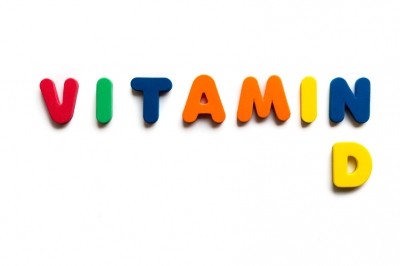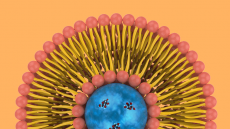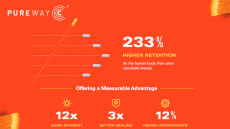Fortification plus supplements could be key to healthy vitamin D

Fortifying four different foods with vitamin D together with taking a daily supplement led to intakes that were both adequate and safe, found researchers from the Technical University of Denmark, Lyngby.
Published in the European Journal of Nutrition, the study modelled several different scenarios of vitamin D intake from either their habitual dietary sources alone (either with or without fish) or in combination with fortified foods and varying levels of supplementation. The fortified foods (plain yoghurt, cheese, eggs and crispbread) provided 20 micrograms/ day (ug/d) (800 IU/d).
By adding a supplement of 40 ug/d (1600 IU/d), the researchers model predicted that the entire study population (Danish women aged 18-50) would have a total daily vitamin D intake of at least 60 ug/d (2400 IU/d). The whole population would also remain below the Tolerable Upper Intake Level (UL) of 100ug/d (4000 IU/D).
“By performing modelling of vitamin D fortification in the population of Danish women 18–50 years, we showed that adequate and safe levels of intake were present in all women consuming the fortified foods and a daily supplement of vitamin D as high as 40 µg/day,” wrote first author Ida Grønborg.
The researchers look at a further scenario with a daily supplement dose of 80 ug/d (3200 IU/d). In this case, the model predicted an excessive intake.
“When consuming a daily vitamin D supplement of 80 µg/day or more, all of the women were at risk of reaching the UL of intake (100 µg/day)”, Grønborg explained.
Danish deficiency
In this study of 855 women, 88% of them failed to meet the Average Requirement vitamin D intake of 7.5 ug/d (300 IU/d) through their habitual diet. This intake guideline is suggested by Nordic Nutrition Requirements. However, it is below the recommended intake level set by many national health authorities including that of Denmark itself.
Recent research has estimated that around 23 % of the Danish population may be vitamin D deficient, with blood levels below 50 nanomoles/ litre (nmol/l) (20 nanograms/ millilitre (ng/ml)). As many as 11% may be seriously deficient, with serum vitamin D concentrations below 25 nmol/l (10 ng/ml), carrying a high risk of rickets, osteoporosis and nervous system disorders.
Population studies have also identified lower vitamin D status in women compared to men.
Vitamin D deficiency is a prevalent public health problem throughout Scandinavia due to the long winter period during which there is a lack of sunlight derived vitamin D production.
Which foods to fortify?
The researchers explained that the four foods fortified in this study were chosen based on their relevance in the typical Danish diet and because they were eaten by the majority of the population.
Based on previous research, they chose to fortify a number of foods with lower amounts of vitamin D, rather than a high level in a single food. This avoids skewing the intake across the population because of non-consumption of a particular food by individuals.
The researchers also assumed fixed portion sizes for the intake of the fortified foods. Although in reality, the actual amounts of given foods consumed may vary, the researchers took a conservative approach to ensure the safety of the entire population, should a national fortification program be introduced.
“In a Danish female population with a low vitamin D intake, low-dose fortification of different foods with vitamin D may be an effective and safe population-based approach,” concluded the researchers.
Source: European Journal of Nutrition
Published online, doi: 10.1007/s00394-017-1586-9
“Modelling of adequate and safe vitamin D intake in Danish women using different fortification and supplementation scenarios to inform fortification policies”
Authors: Ida M. Grønborg, Inge Tetens, Majken Ege, Tue Christensen, Elisabeth Wreford Andersen, Rikke Andersen.
















